Donald Trump’s strength in the youth vote vindicates his strategy of courting the ‘brosphere’
A controversial move Donald Trump made in the weeks before the US election was broadly panned. He is now getting the last laugh.
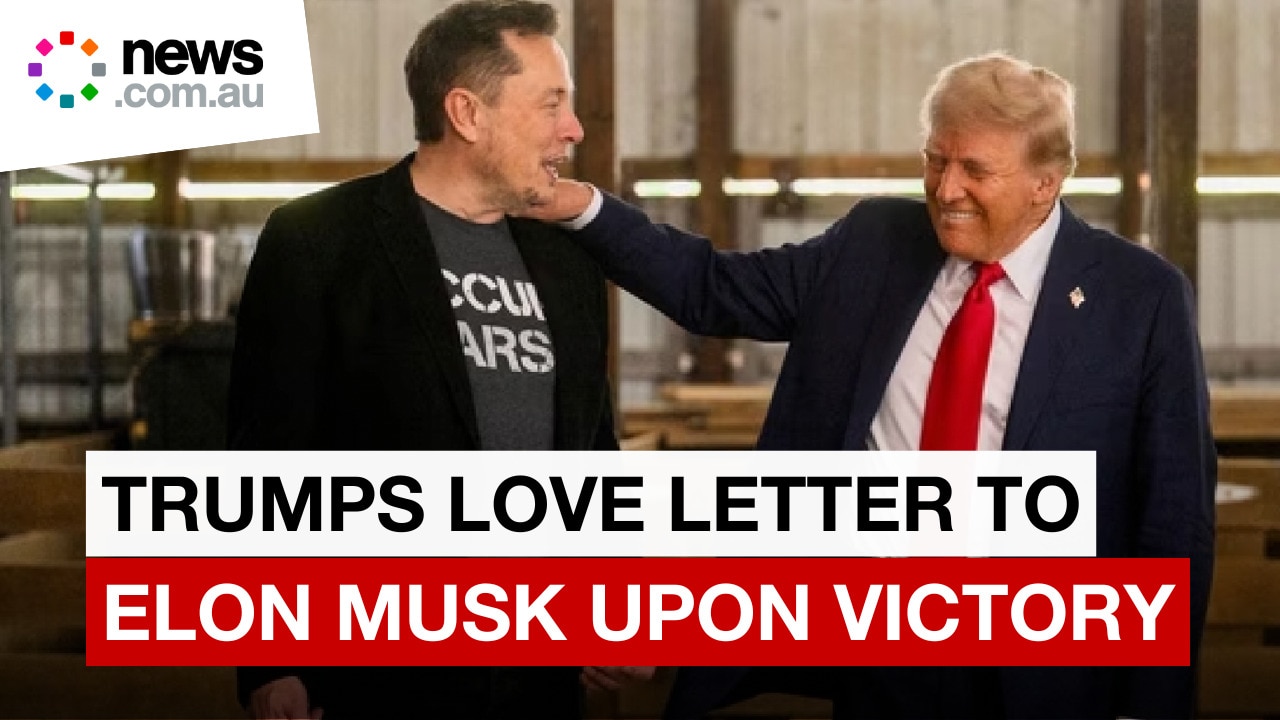
ANALYSIS
Throughout election day in the United States, we heard over and over again about long lines of university students at polling stations in the key cities, particularly Philadelphia.
The hope among Democrats, straying into assumption, was that young voters – long a frustratingly untapped well of potential support for the party, given their propensity to not bother voting at all – were turning out en masse for Kamala Harris.
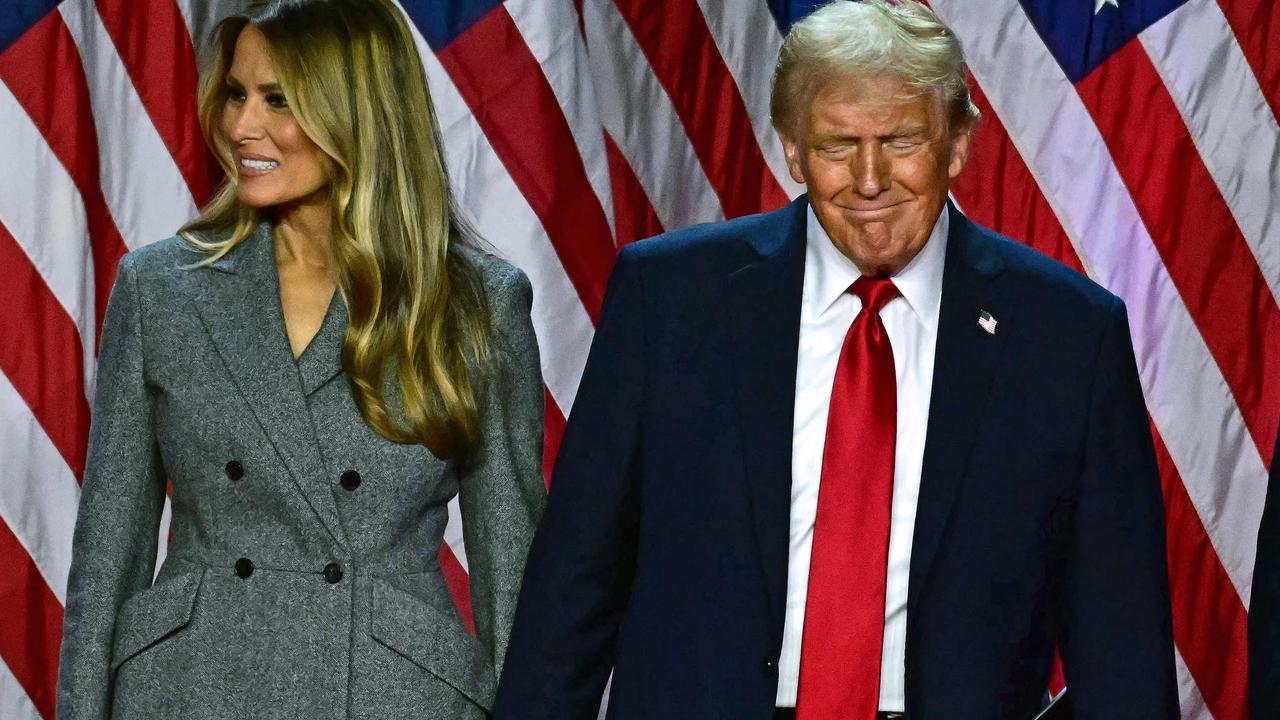
Not so, it transpired. Indeed it seems no one at all turned out in great numbers for her.
With a decent chunk of the popular vote still to count, Ms Harris has earned 67.1 million votes compared to Donald Trump’s 71.9 million. Mr Trump is on course to end up with a touch more support than he had in 2020, when he finished on about 74 million.
Ms Harris, though, is lagging way behind Joe Biden’s tally from that election, when he finished with 81 million. Even when you factor in populous Califorina, which has almost half its votes outstanding, there is no way she will even get close to Mr Biden’s total.
That’s obvious when you compare their results in the states that have almost finished counting. Ms Harris has received 130,000 fewer votes than Mr Biden did in Pennsylvania, for example; 85,000 fewer in Michigan; more than half a million fewer in New York. She has underperformed him almost everywhere.
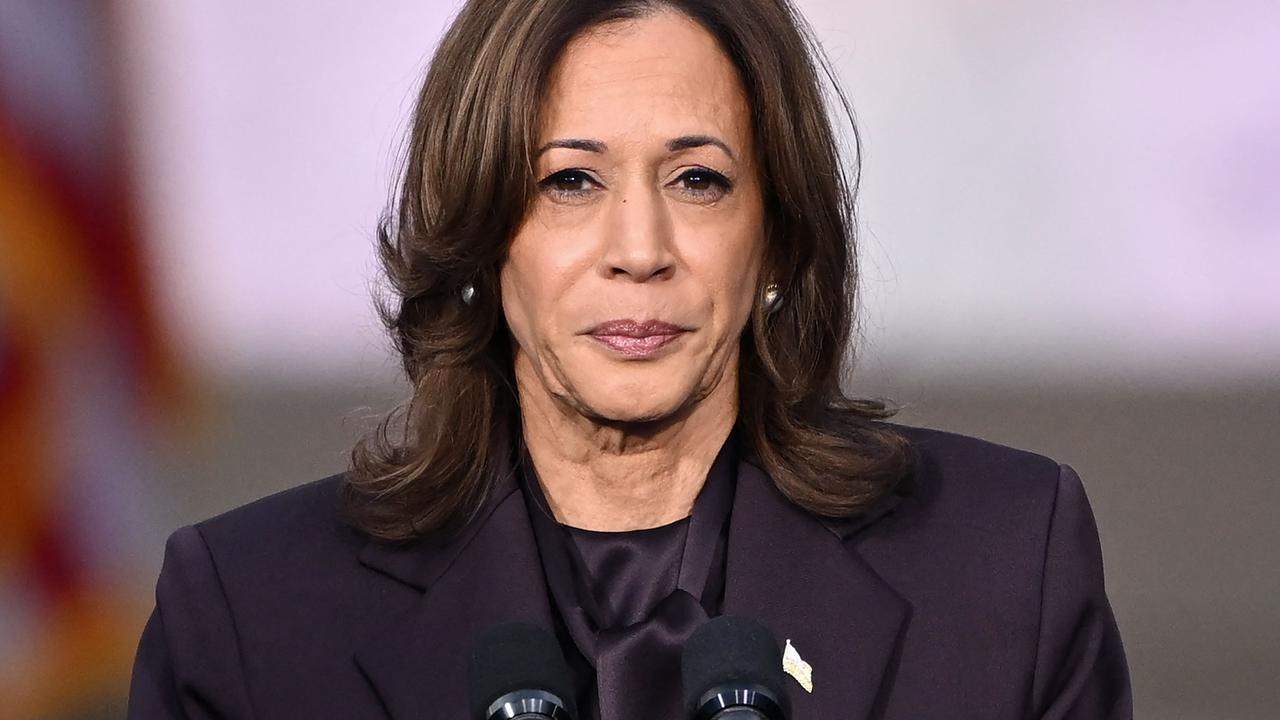
So the story here is partly a collapse in Democratic turnout. But when you dig into the details something else becomes clear: Mr Trump made significant inroads in demographic groups that have long been dominated by the American left.
He increased his share of both the Hispanic and African-American vote, which is fertile ground for discussion in another article. And indeed Mr Trump did a teensy bit better than last time among women, contradicting expectations that they would flock decisively to Ms Harris, driven by the new restrictions on abortion rights in Republican-run states.
Here though, we are focusing on the youth vote, classified as those under the age of 30.
Democrats have long considered this demographic a turnout problem, which is to say they focus on convincing young people to vote at all, rather than worrying about whom they intend to vote for. With fairly good reason: younger voters tend to lean left in most democracies, and in America’s voluntary voting system, older citizens have always been much more likely to show up at the polls.
This election was an unmitigated failure for the party on two fronts. According to exit polls, young voters actually made up a lower share of the electorate this time than in 2020 (14 per cent compared to 17 per cent).
Of equal importance is how they voted. Voters under 30 favoured Ms Harris by 54 per cent to 43 per cent. Four years ago they went for Mr Biden by 60 per cent to 36 per cent. So we saw a 24 per cent margin for Mr Biden reduced to an 11 per cent margin for Ms Harris.
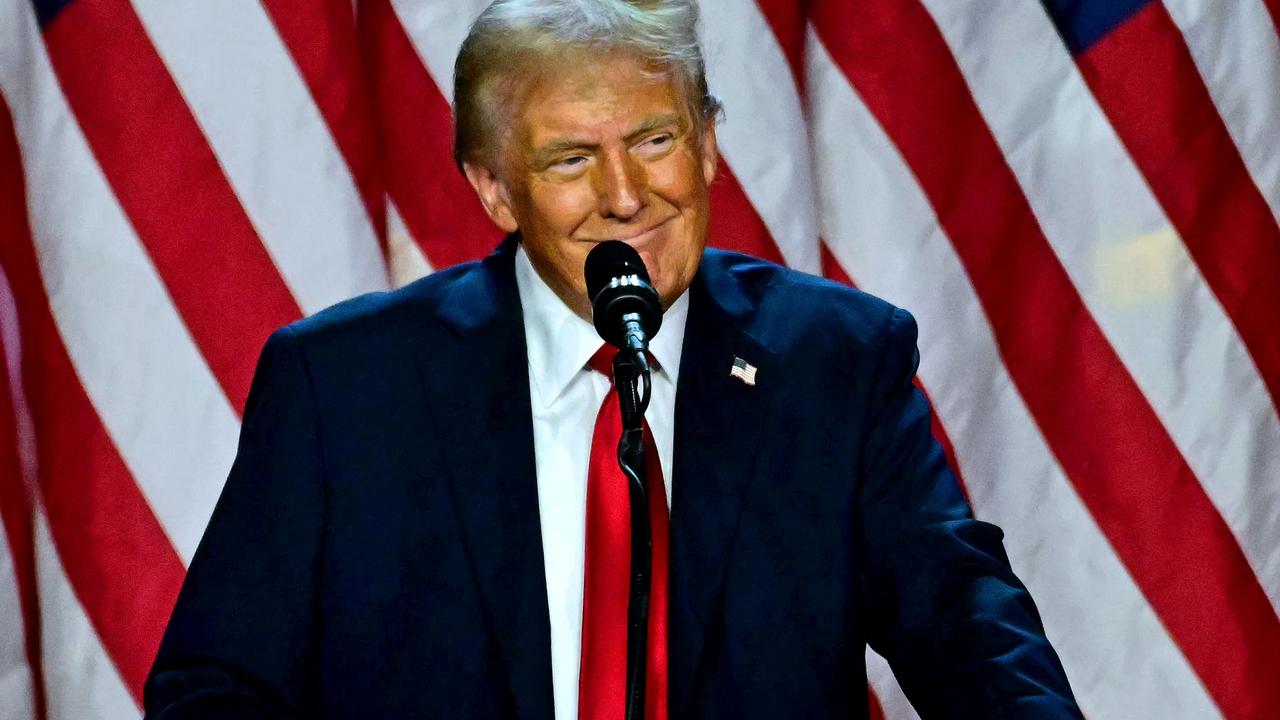
There has been no shortage of data in recent years illustrating the rising polarisation, politically, between young men and young women. The former are getting more conservative, and the latter more progressive. And this divergence is sharp.
(It creates compounding problems, by the way. The further apart the two genders grow in their worldviews, the harder it becomes for younger generations to find a partner. But that is, again, a discussion for another article.)
“In the United States, Gallup data shows that after decades where the sexes were each spread roughly equally across liberal and conservative world views, women aged 18 to 30 are now 30 percentage points more liberal than their male contemporaries,” The Financial Times’ excellent data journalist John Burn-Murdoch noted earlier this year.
“All of this is exacerbated by the fact that the proliferation of smartphones and social media mean young men and women now increasingly inhabit separate spaces and experience separate cultures.
“Too often young people’s views are overlooked owing to their low rates of political participation, but this shift could leave ripples for generations to come, impacting far more than vote counts.”
As we digest the US election result, Mr Burn-Murdoch’s point about young men and women inhabiting “separate spaces” online rings true.
NEW: an ideological divide is emerging between young men and women in many countries around the world.
— John Burn-Murdoch (@jburnmurdoch) January 26, 2024
I think this one of the most important social trends unfolding today, and provides the answer to several puzzles. pic.twitter.com/kG4qQReqfT
Mr Trump gambled, mightily, on his ability to appeal to young men.
In the dying weeks of the campaign, he repeatedly gave significant chunks of time to online personalities with overwhelmingly male audiences. These podcasters and YouTubers leant, on balance, to the right, but as a general rule you could define them as more of a cultural presence than a political one.
There was Mr Trump’s three-hour-long interview with star podcaster Joe Rogan, whose audience skews about 80 per cent male. Mr Rogan ended up endorsing him.
He appeared on Six Feet Under, the podcast of wrestler Mark Calaway, better known as The Undertaker. He gave a long interview to comedian Andrew Schulz on Flagrant. He popped up on Barstool Sports’ podcast Bussin with the Boys. He spoke to Logan Paul, and Lex Fridman, and Adin Ross. All of these guys have a target audience of men, and particularly young men.
Add it all up, and you have a large total time commitment for a presidential campaign. Undoubtedly a gamble, given men are generally less likely to vote than women, whatever their age, but particularly when they’re young.
Chuck in Mr Trump’s increasingly chummy relationship with the billionaire Twitter owner Elon Musk, a credulous distributor of right-wing content on his platform. Chuck in the support of UFC boss Dana White, and wrestler Hulk Hogan. Consider the proudly crass rhetoric from people like comedian Tony Hinchcliffe, whose joke calling Puerto Rico “an island of garbage” ended up doing practically nothing to dampen Mr Trump’s support among Latino voters.
In sum, you have a line-up of voices with massive influence over men on the very online right, all of them boosting Mr Trump’s candidacy.
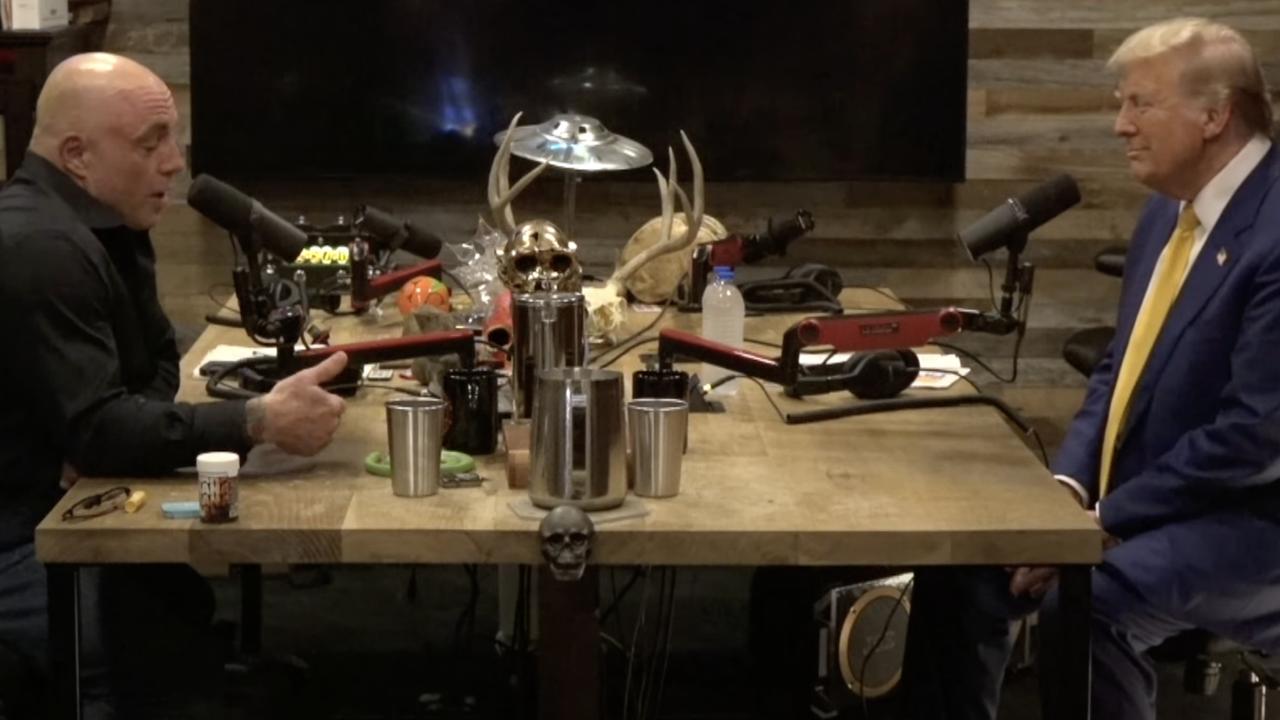
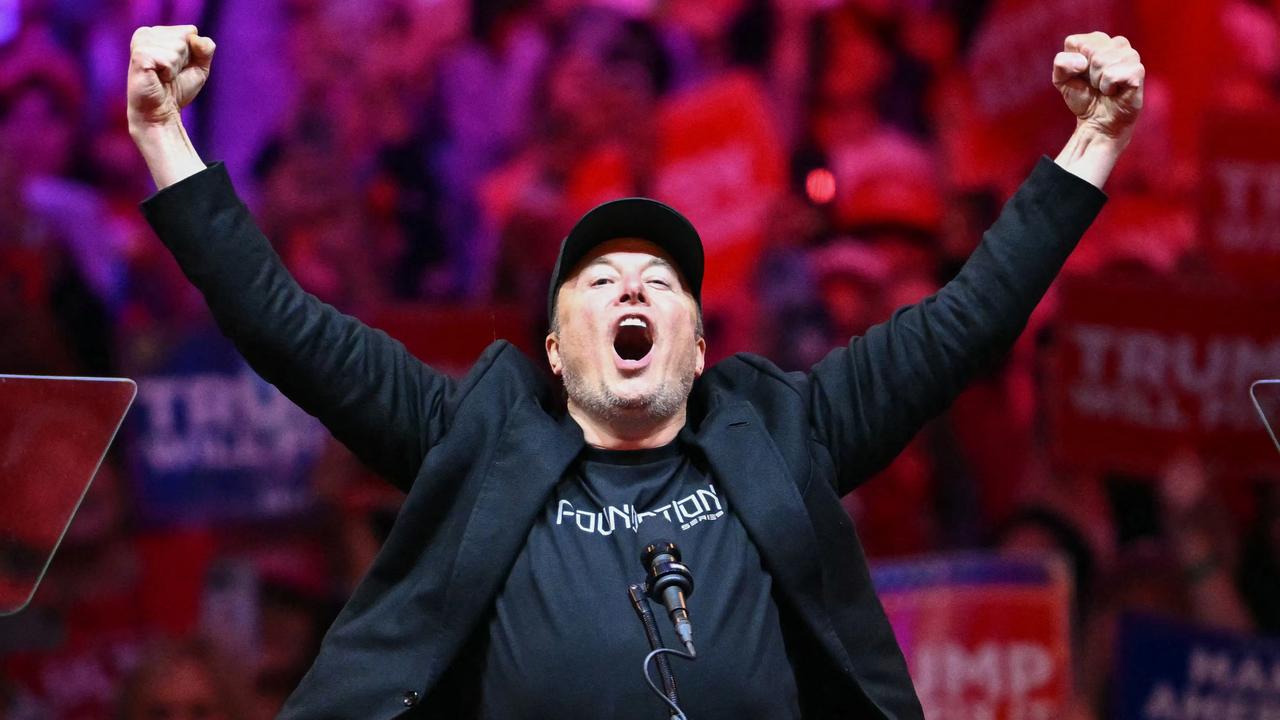
There is little doubt now: the gamble paid off. Young men showed up in sufficient numbers. And if the defining division in this election was rooted in gender, then men won the battle.
Ms Harris’s margin among women was 8 per cent. Mr Trump’s, among men, was 13 per cent. Women had a slight advantage in turnout, but he ultimately peeled off more than enough male support to offset it.
Vindication, then, for Mr Musk, and for J.D. Vance, and for any others in Mr Trump’s orbit who pushed him to focus on the brosphere. It worked.
The gender gap, particularly among young people, is fast becoming the defining political division of our generation. And the left, it seems, is losing.
Twitter: @SamClench




